A pet peeve of dressage riders is when people ask ‘but do the horses just do it all naturally?’ If you want to see a dressage rider getting angry, just say that it doesn’t look too hard! We guarantee you’ll get a response out of them almost straight away. The reality is that training a horse to ‘dance’ at the level that you see at the Olympics takes years and years of hard work and dedication – and even with that, most horses and a lot of riders will never ever reach the upper echelons of the sport. Dressage training is a really long process, and there is always something else to be working on, which is partly where the attraction lies.
How long does it take to train a horse? Consider that most horses at the Olympics or World Equestrian Games are around 12-14 or so, and they probably started being ridden at around 3 under the world’s best riders and trainers. That means it takes roughly ten years to school a dressage horse to the top levels, even for the most talented horses and riders.
There is some truth to the fact that horses do these things by themselves. All the movements you see being performed in a dressage arena are movements that horses are capable of doing at liberty. However, teaching a horse to do them on command from a tiny cue and in balance with a rider is where the skill lies. Very good riders can even develop the ability that a horse has naturally – he may be able to do a pretty trot in the field, but a good rider can improve the way the horse moves his shoulders and lifts his back, for instance.
Training Methods
There are lots and lots of different training methods that riders use. Sometimes it will depend on the horse’s personality, on the skill of the rider, on the training system they follow. Generally, though, the process follows a few basic steps- first teaching the horse to walk, trot and canter, then working on lateral movements, transitions, extension, and collection. Dressage for beginners will focus on learning how to make the horse lift his back and go ‘on the bit’ by taking a contact and learning to create and release pressure at the correct time. For more advanced riders, the focus might be on increasing the engagement in collected movements.Normally, negative reinforcement is used. This doesn’t mean that the horse is beaten or anything! Instead, it means that a stimulus is removed once the right reaction has been given. So a horse might be asked to move away from the riders’ legs. If the rider applies pressure with the legs and the horse doesn’t move, the pressure will be increased. When the horse reacts correctly, the pressure is released and the horse is usually patted or scratched too to indicate that the response was the correct one. These cues can come from both legs, one leg, the position of your body or your seat bones, the way you weight your body, momentary increase or release of pressure from the hands or the core muscles…the list of possible aids goes on and on, and teaching the horse to respond to every single one reliably and in a relaxed way is all part of dressage training for a horse.
It’s also important to realise that dressage isn’t just the stuff you see at the Olympics. Put simply, ‘dressage’ means training. Anytime you are training a horse, you are doing dressage. The ultimate aim is to make the horse easy to ride, responsive, and supple in his muscles. This is why the riders at the very top levels look like they’re doing nothing at all – years and years of training have developed the horse and the partnership to a point where they react to an aid or cue which is imperceptible to people on the ground. The idea is to be able to influence every part of the horse’s body and movement while making it look like you’re doing nothing at all!



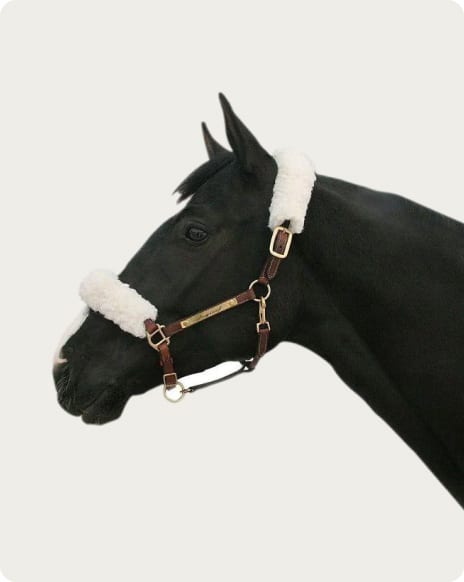
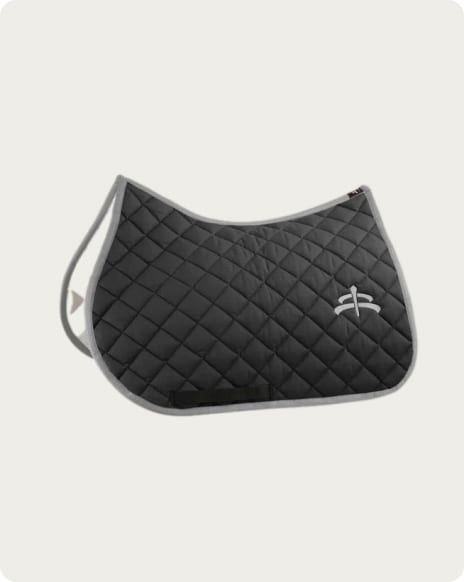
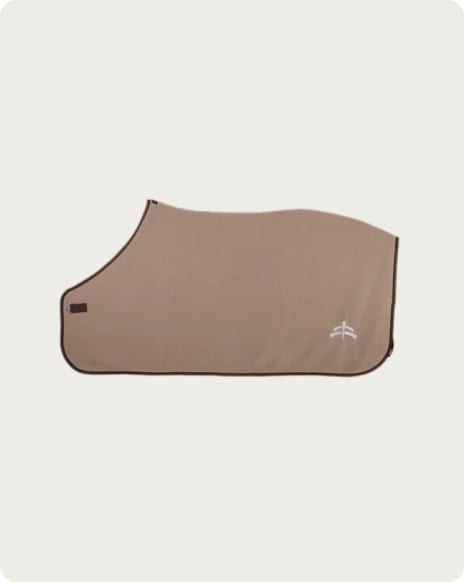
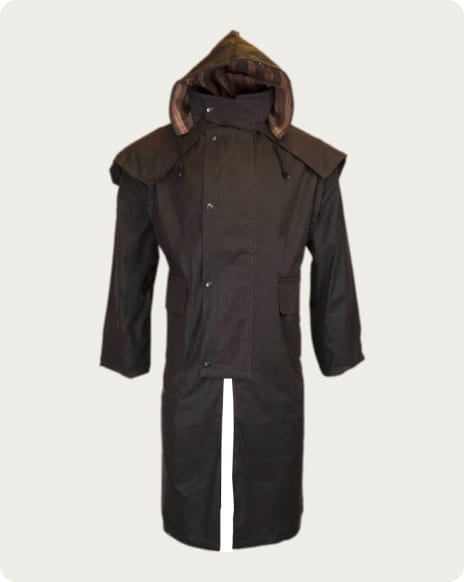
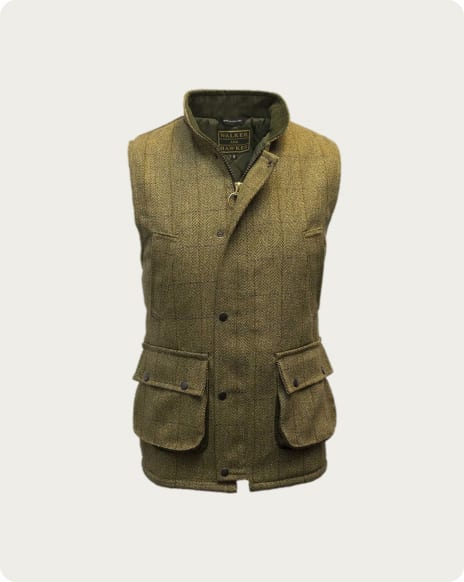
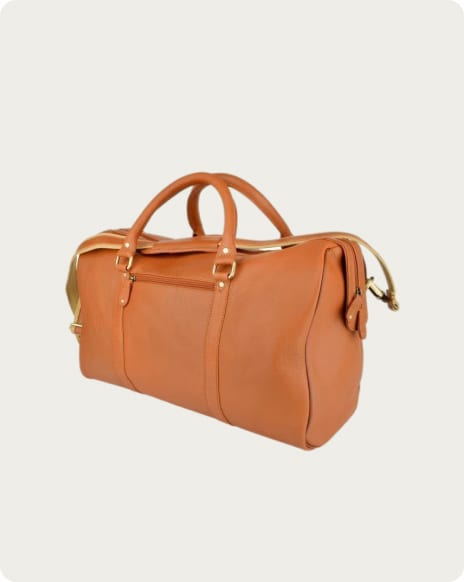
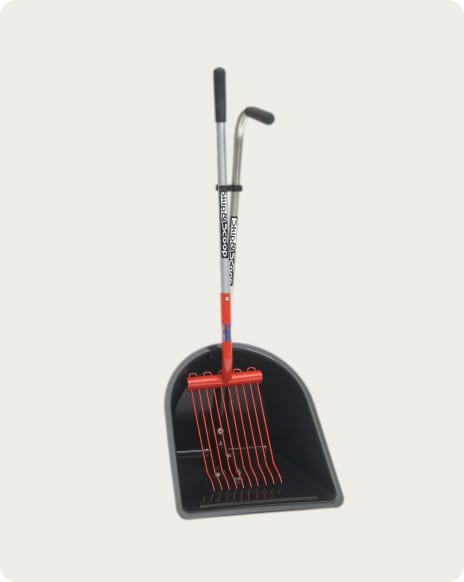

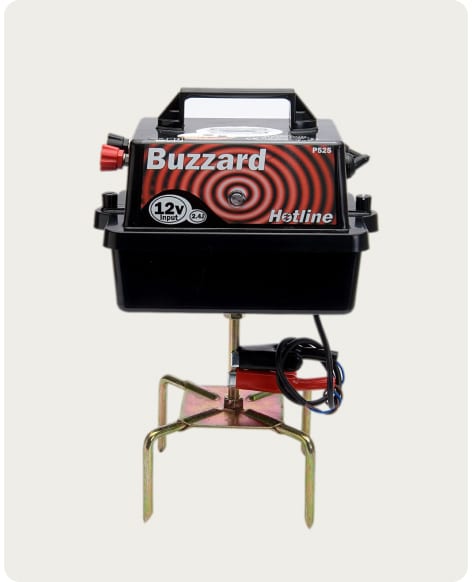
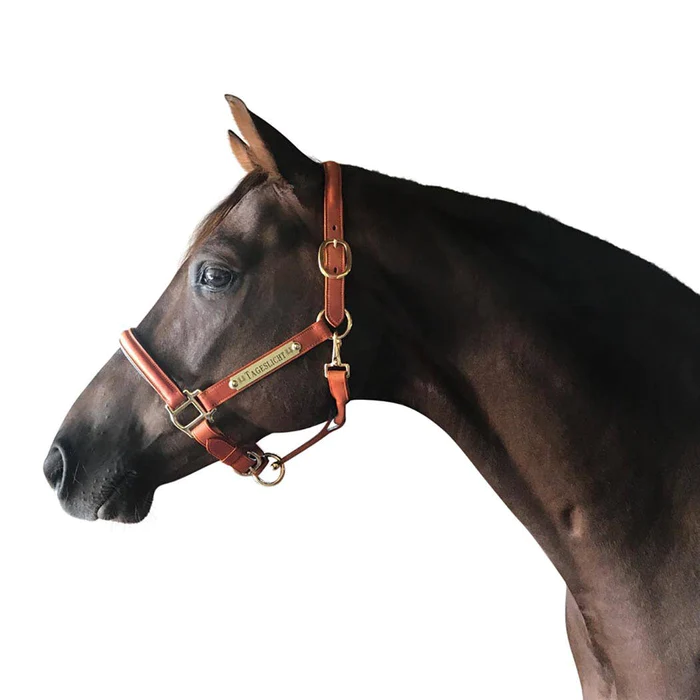
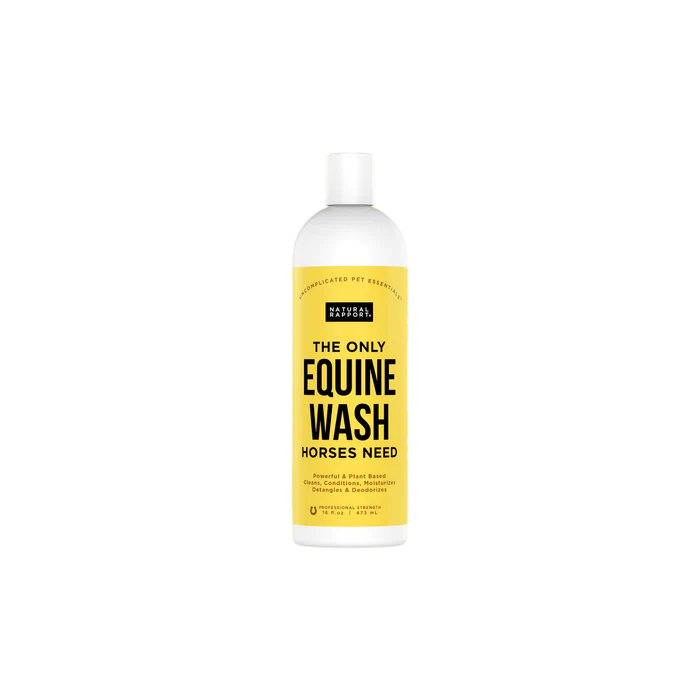
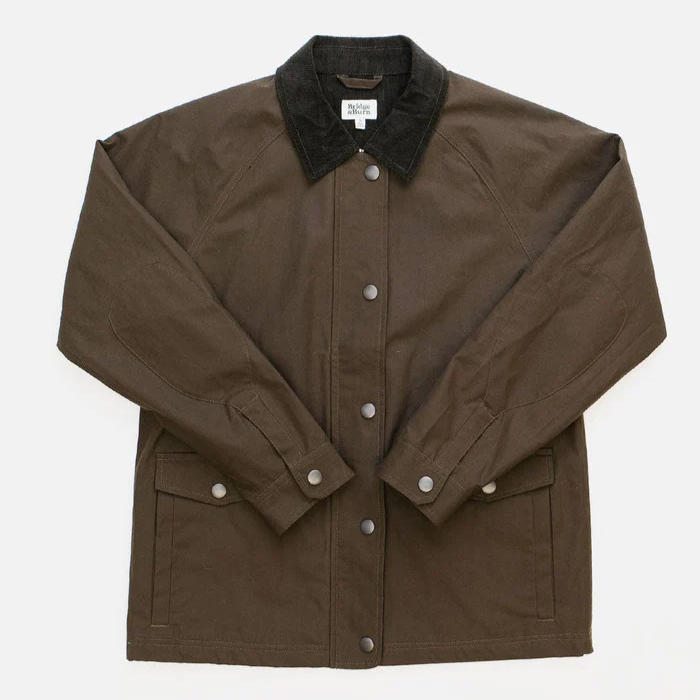
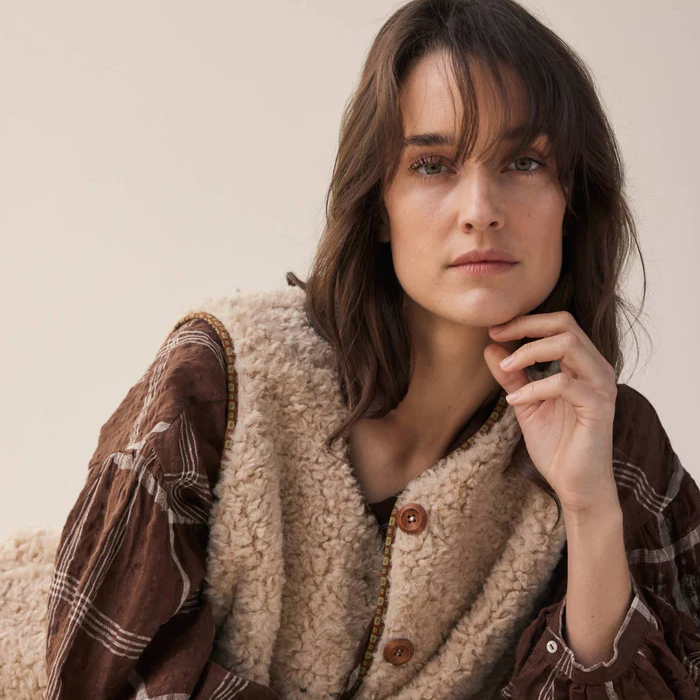
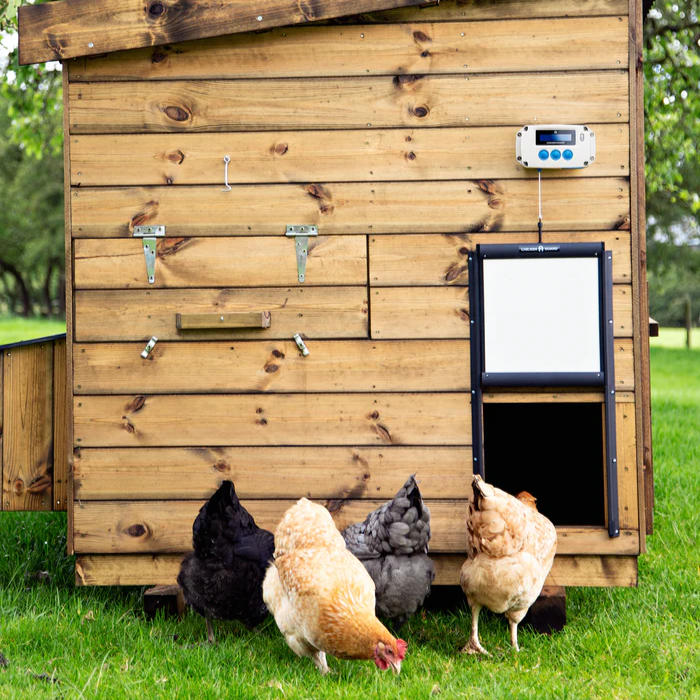



2 comments
Mary Sherwood Wilson
I’ve seen horses being trained for dressage with a long pole. Does that pole shock the horse?
I’ve seen horses being trained for dressage with a long pole. Does that pole shock the horse?
Mary Sherwood Wilson
I’ve seen horses being trained for dressage with a long pole. Does that pole shock the horse?
I’ve seen horses being trained for dressage with a long pole. Does that pole shock the horse?